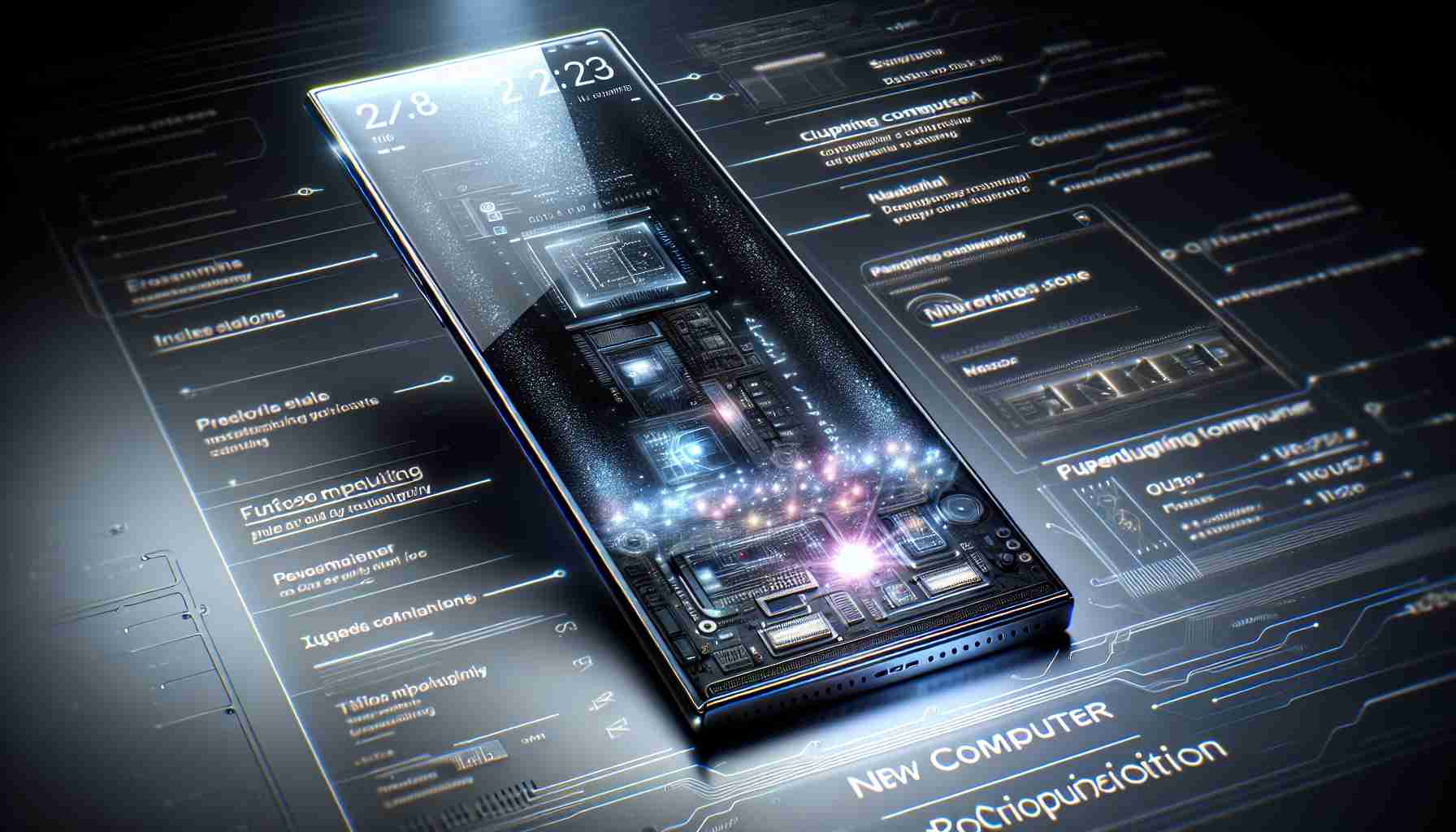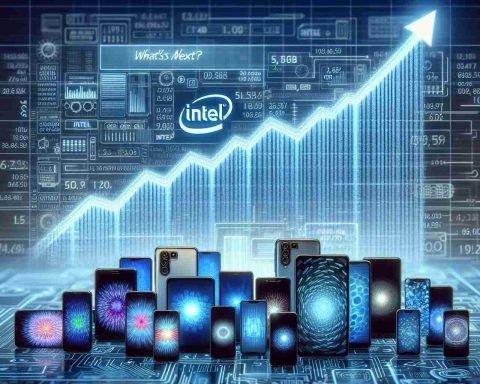In the latest earnings report, Nvidia surprised Wall Street by posting a third-quarter adjusted earnings per share of $0.81, surpassing the market expectation of $0.75. Despite this earnings beat, the firm projected its fourth-quarter revenue to be $37.5 billion, which is only slightly above the predicted $37.09 billion by analysts. This forecast signals a notable deceleration in Nvidia’s revenue growth rate, especially in light of its robust annual growth figures over the prior three quarters.
Investors showed mixed reactions to these projections, with Nvidia’s stock witnessing an initial drop of up to 5% in after-hours trading, though it quickly reclaimed most of these losses. Despite some investor concerns, industry analysts express optimism, citing Nvidia’s ambitious advances in artificial intelligence technology. The company’s forthcoming Blackwell line of advanced AI chips is anticipated to be a game-changer, as Nvidia reiterated the high demand within the AI sector, which could even surpass its manufacturing capabilities in the short term.
Morgan Stanley, continuing to hold an Overweight rating on Nvidia, emphasized the revenue expectation as fitting for a transitional quarter. The firm believes that the Blackwell chips will be a significant catalyst for Nvidia’s stock performance going forward.
Meanwhile, BofA reiterated a Buy rating, though it noted that some investors might be underwhelmed by the guidance. Despite this, analysts highlighted that Nvidia remains a strong bet due to persistent demand. Baird increased its price target for Nvidia, maintaining an Outperform rating, indicating its confidence in Nvidia’s ability to leverage the growing AI infrastructure demand.
The Rise and Risks of AI: How Nvidia’s Breakthroughs Could Reshape Our World
As Nvidia continues to make waves in the tech and finance world with its advancements in artificial intelligence (AI), the implications of these developments extend far beyond market expectations and quarterly earnings. The company’s focus on cutting-edge AI chips could revolutionize how industries operate while also raising new questions and challenges.
AI’s Transformative Potential: Beyond Gaming and Graphics
Nvidia has long been a leader in the world of graphics processing units (GPUs), particularly well-known in the gaming industry. However, the company’s strategic pivot towards AI is unlocking doors across multiple sectors. From healthcare to automotive industries, Nvidia’s AI technology has the potential to create unprecedented efficiencies. For example, in healthcare, AI-powered solutions can quickly analyze medical images, aiding in faster and more accurate diagnoses. Meanwhile, in the automotive industry, Nvidia’s AI chips power self-driving technologies, paving the way for the future of transportation.
Economic Impact on Communities and Countries
The ripple effects of Nvidia’s advancements are poised to influence economies at various levels. Countries investing in AI technology infrastructure could see significant economic growth, attracting businesses that want to leverage cutting-edge innovations. Additionally, communities with access to AI training can benefit from new job opportunities as demand for AI expertise grows.
However, this technological shift might also lead to disparities, where regions unable to invest in these technologies could fall behind. This digital divide might exacerbate existing inequalities between different parts of the world.
Interesting Facts: AI Chips Demand Surpassing Manufacturing Limits
An interesting aspect of Nvidia’s AI chips is the demand, which has grown so intense that it could soon surpass the company’s manufacturing capabilities. This signals not only how crucial AI has become but also points to potential supply chain challenges. The production bottleneck could lead to delays in product availability, impacting industries reliant on this technology.
Controversies and Ethical Considerations
The rapid expansion into AI technology also raises several ethical concerns. As AI becomes more integrated into various facets of life, issues around data privacy and misuse become more pressing. Companies like Nvidia must navigate the complex landscape of ensuring their technology is used responsibly and ethically.
Moreover, as AI starts to replace certain job functions, discussions about job displacement and retraining of the workforce are becoming more pertinent. How will society manage the transition to ensure that workers displaced by AI have the means to adapt?
Advantages and Disadvantages
The use of Nvidia’s AI technology comes with clear advantages such as the acceleration of innovation, increased efficiency, and potential economic growth. However, disadvantages include ethical dilemmas, potential job displacement, supply chain constraints, and the risk of contributing to global inequalities.
Questions and Answers
– What sectors could benefit the most from Nvidia’s AI technology?
Industries such as healthcare, automotive, finance, and manufacturing stand to benefit greatly from AI advancements that increase efficiency and analytical capabilities.
– How might Nvidia address supply chain constraints?
Nvidia may need to explore expanding its manufacturing capacity, diversifying its supply chain, or investing in partnerships to mitigate production bottlenecks.
– What are the potential societal impacts of widespread AI adoption?
While AI can drive progress and create wealth, it also poses challenges, including job displacement, privacy concerns, and the risk of widening the technological gap between regions.
For more insights on technological advancements and market impacts, visit TechCrunch and Forbes.

























